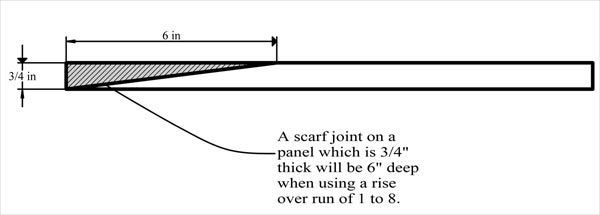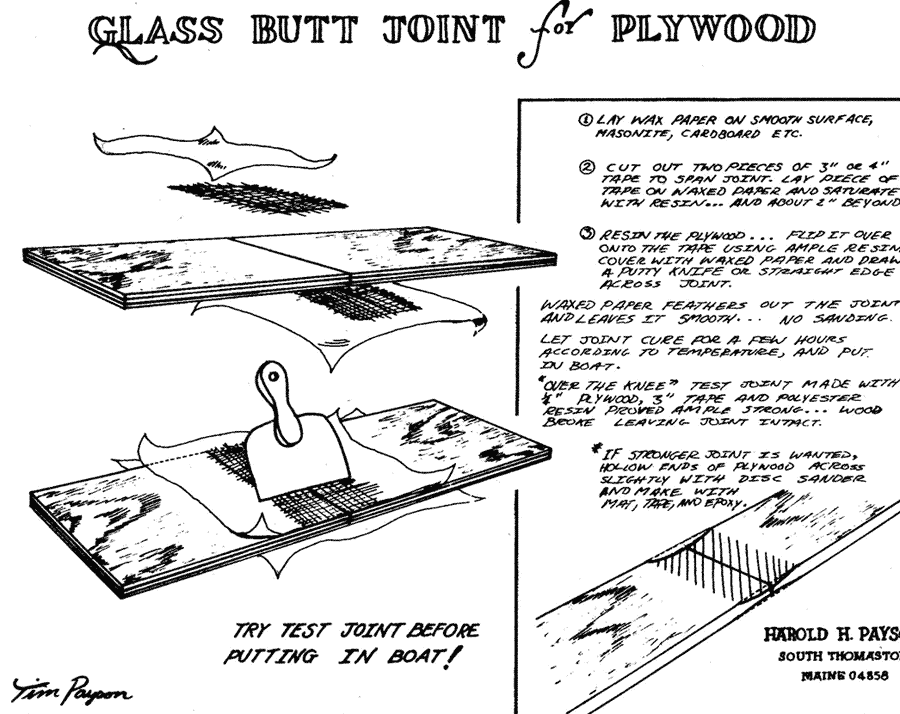Skin seams
8 posts
• Page 1 of 1
Skin seams
My trailer is about 6 feet wide so I will have some seams on the top skin. I will be skinning with 1/4 birch plywood. Ultimately the exterior will be treated with the mix (polyurethane) and then painted with Monstaliner. What is the best way to handle the seams to make sure they are watertight and the least visible?
-

Melle.17 - Teardrop Builder
- Posts: 25
- Images: 3
- Joined: Tue Dec 29, 2020 3:52 am
- Location: Sacramento Area, California
Re: Skin seams
Melle.17 wrote:My trailer is about 6 feet wide so I will have some seams on the top skin. I will be skinning with 1/4 birch plywood. Ultimately the exterior will be treated with the mix (polyurethane) and then painted with Monstaliner. What is the best way to handle the seams to make sure they are watertight and the least visible?
You may have guessed my answer; I would suggest fiberglassing it. It's not that big of a deal.
But you'll need to find some 72' wide fiberglass to avoid seams. I see Raka is out of it. Look for 2 oz or 4oz.
If you do use the "mix" for sealing the wood, make sure it's gloss and not flat or semi-gloss. Those products have wax in them. (At one point in my discussions with Magnet Paints--Monstaliner––that's what they told me).
1/4" plywood may be a challenge to bend depending on your curve.


Tony
-

tony.latham - Gold Donating Member
- Posts: 7011
- Images: 17
- Joined: Mon Jul 08, 2013 4:03 pm
- Location: Middle of Idaho on the edge of nowhere



